
We propose a novel causal mediation analysis using mammogram image as a high-dimensional mediator to understand the extend to which the effect risk factors on breast cancer risk is mediated through tissue features summarized in mammogram images and the extent to which it is through other pathways.
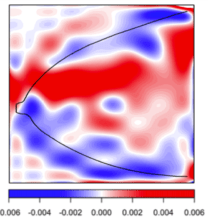
With the consideration of building a prognostic model for precision prevention, we present a set of flexible methods, supervised FPCA (sFPCA) and functional partial least squares (FPLS), to extract image-based features associated with the failure time while accommodating the added complication from right censoring.
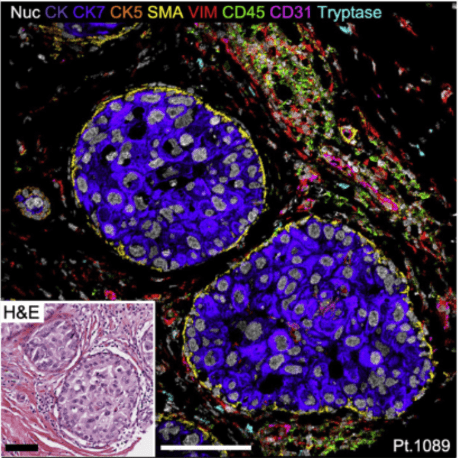
Risom T, Glass IA, et al. (2021). Transition to invasive
breast cancer is associated with progressive changes in
the structure and composition of tumor stroma. Cell.
A spatial imaging atlas of patient-matched ductal carcinoma in situ and invasive breast cancer depicts coordinated changes in the tumor microenviroment associated with invasive relapse, suggesting a potential protective role of myoepithelial disruption against invasive progression

Jiang S, Cao J, Colditz GA, Rosner B. (2021). Predicting
the Onset of Breast Cancer using Mammogram
Imaging data with Irregular Boundary. Biostatistics.
In this article, we propose a supervised functional principal component analysis over triangulations method for extracting features that are ordered by the magnitude of association with the failure time outcome. The proposed method accommodates the irregular boundary issue posed by the breast area within the mammogram imaging data with flexible bivariate splines over triangulations.
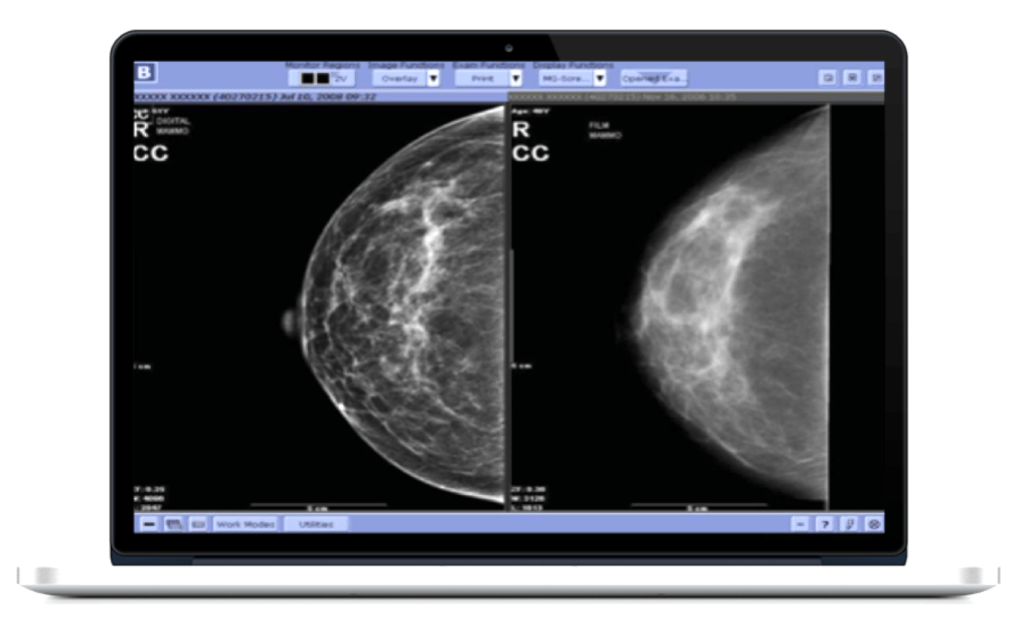
Han Y, Berkley CS, Herman CR, Appleton CM, Alimujiang A, Colditz GA, Toriola AT. (2021). Adiposity Change Over the Life Course and Mammographic Breast Density in Postmenopausal Women. Cancer Prev Res.
We observed strong associations between BMI change over the life course and mammographic breast density. The inverse associations between early-life adiposity
change and volumetric percent density suggest that childhood adiposity may confer long-term protection against postmenopausal breast cancer via its effect of
mammographic breast density.

Jiang S, Colditz GA. (2022). Whole mammogram image
improves breast cancer prediction. Cancer Research.
To efficiently capture data from mammographic breast images and classify long term risk of breast cancer, we developed methods that use the extensive existing data that are currently ignored in the context of breast cancer risk stratification. More than 20 studies support texture features add value to risk prediction beyond breast density. However, the entire mammogram imaging data has a high dimension of pixels (~13 million per image), greatly exceeding the number of women in a cohort.
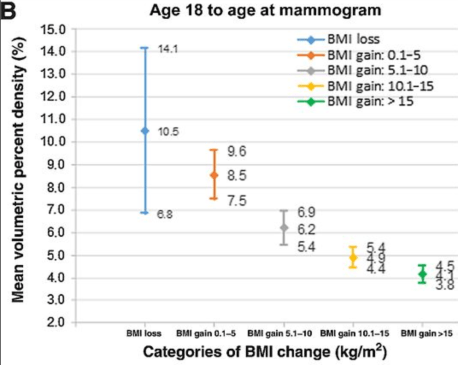
Han Y, Berkley CS, Herman CR, Appleton CM, Alimujiang A, Colditz GA, Toriola AT. (2021). Adiposity Change Over the Life Course and Mammographic Breast Density in Postmenopausal Women. Cancer Prev Res.
We observed strong associations between BMI change over the life course and mammographic breast density. The inverse associations between early-life adiposity
change and volumetric percent density suggest that childhood adiposity may confer long-term protection against postmenopausal breast cancer via its effect of
mammographic breast density.

Rosner B, Tamimi RM, Kraft P, Gao C, Mu Y, Scott C,
Winham SJ, Vachon CM, Colditz GA. (2021). Simplified
Breast Risk Tool Integrating Questionnaire Risk Factors,
Mammographic Density, and Polygenic Risk Score:
Development and Validation. Cancer Epidemiol
Biomarkers Prev.
We derived the model in the Nurses’ Health Study (NHS) based on: MD, 77 SNP PRS and a questionnaire score (QS; lifestyle and reproductive factors). A simplified assessment of QS, MD, and PRS performs consistently to discriminate those at high 10-year breast cancer risk.

Yaghjyan L, Colditz GA, Collins LC, Schnitt SJ, Rosner
B, Vachon CM, Tamimi RM. (2011). SMammographic
Breast Density and Subsequent Risk of Breast Cancer
in Postmenopausal Women According to Tumor
Characteristics. J Natl Cancer Inst.
Few studies that investigated the associations between breast density and subsequent breast cancer according to tumor characteristics have produced inconclusive findings. We aimed to determine whether the associations between breast density and subsequent breast cancer varied by tumor characteristics. The findings suggest that higher mammographic density is associated with more aggressive tumor characteristics
and also with in situ tumors.

Tamimi RM, Byrne C, Colditz GA, Hankinson SE. (2007).
Endogenous Hormone Levels, Mammographic Density,
and Subsequent Risk of Breast Cancer in
Postmenopausal Women. J Natl Cancer Inst.
Mammographic density and circulating sex hormones are two well-confirmed predictors of breast cancer risk. Whether mammographic density reflects levels of endogenous sex hormones is unclear. We exam- ined whether these predictors are independently associated with breast cancer risk in a prospective study. We found that circulating sex steroid levels and mammographic density appear strongly and independently associated with the risk of breast cancer in postmenopausal women
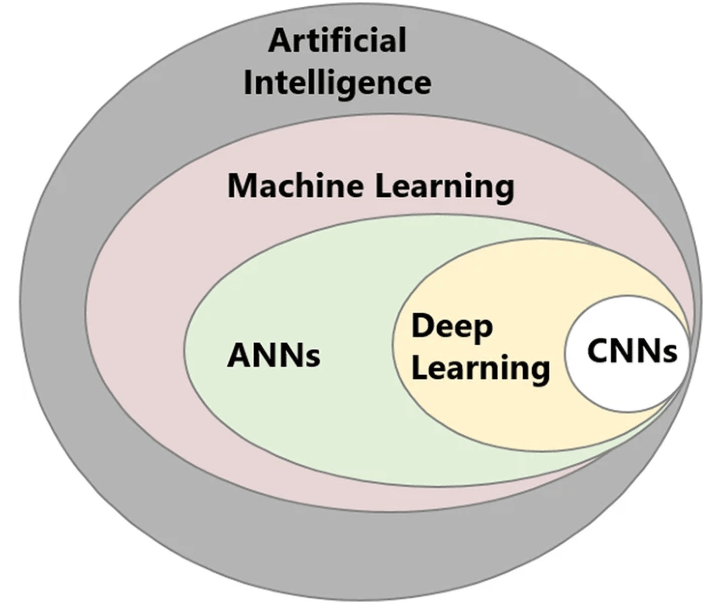
Gastounioti A, Desai S, Ahluwalia VS, Conant EF, Knotos D. (2022) Artificial intelligence in mammographic phenotyping of breast cancer risk: a narrative review. Breast Cancer Research.
Improved breast cancer risk assessment models are needed to enable personalized screening strategies that achieve better harm-to-benefit ratio based on earlier detection and better breast cancer outcomes than existing screening guidelines. Computational mammographic phenotypes have demonstrated a promising role in breast cancer risk prediction.
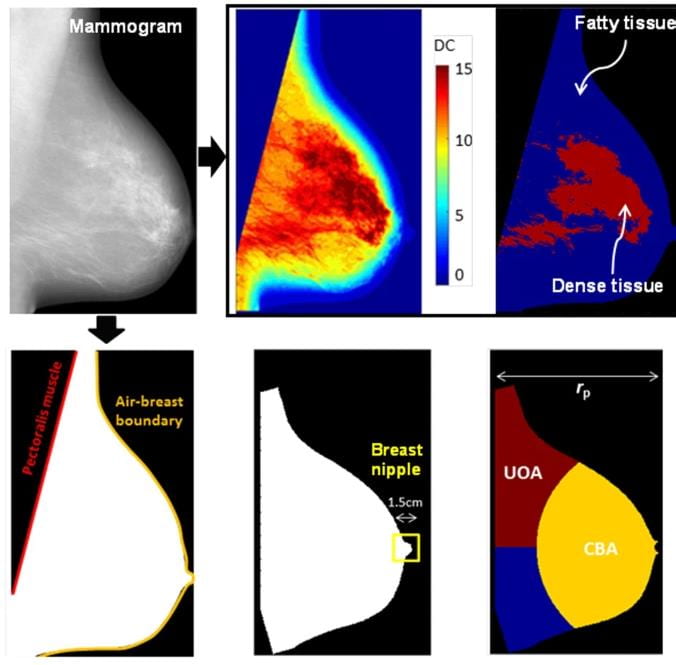
Gastounioti A, Hsieh M, Cohen E, Pantalone L, Conant EF, Knotos D. (2018). Incorporating Breast Anatomy in Computational Phenotyping of Mammographic Parenchymal Patterns for Breast Cancer Risk Estimation. Scientific Reports.
We retrospectively analyzed negative screening digital mammograms from 115 women who developed unilateral breast cancer at least one year later and 460 matched controls. Our findings suggest that incorporating breast anatomy information could augment imaging markers of breast cancer risk with the potential to improve personalized breast cancer risk assessment.
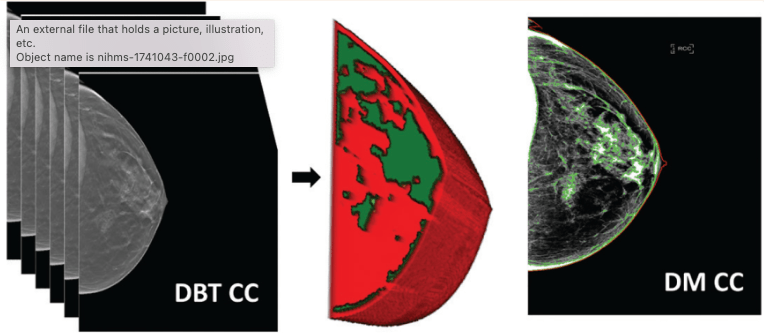
Gastounioti A, Pantalone L, et al. (2021). Fully Automated Volumetric Breast Density Estimation from Digital Breast Tomosynthesis. Radiology.
Volumetric breast density estimates from reconstructed breast tomosynthesis images may have stronger associations with breast cancer than area-based and model-approximated volumetric density measures derived from conventional digital mammography.